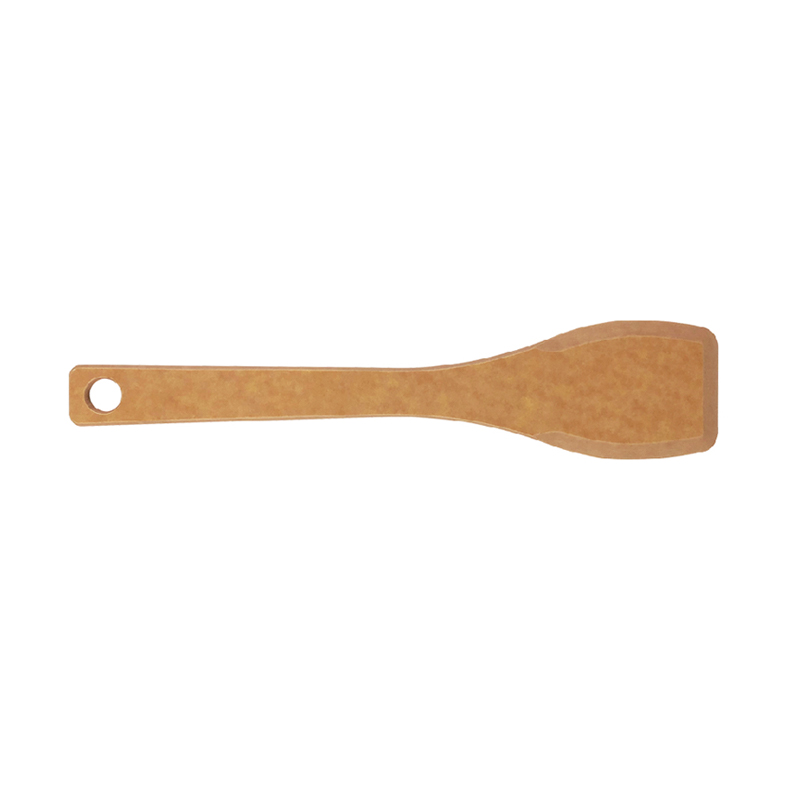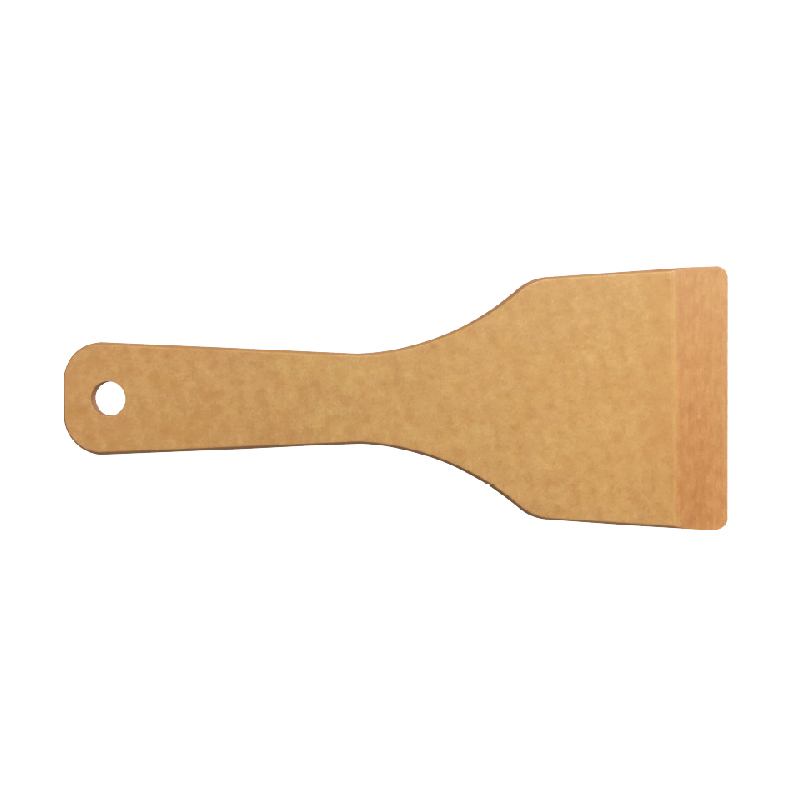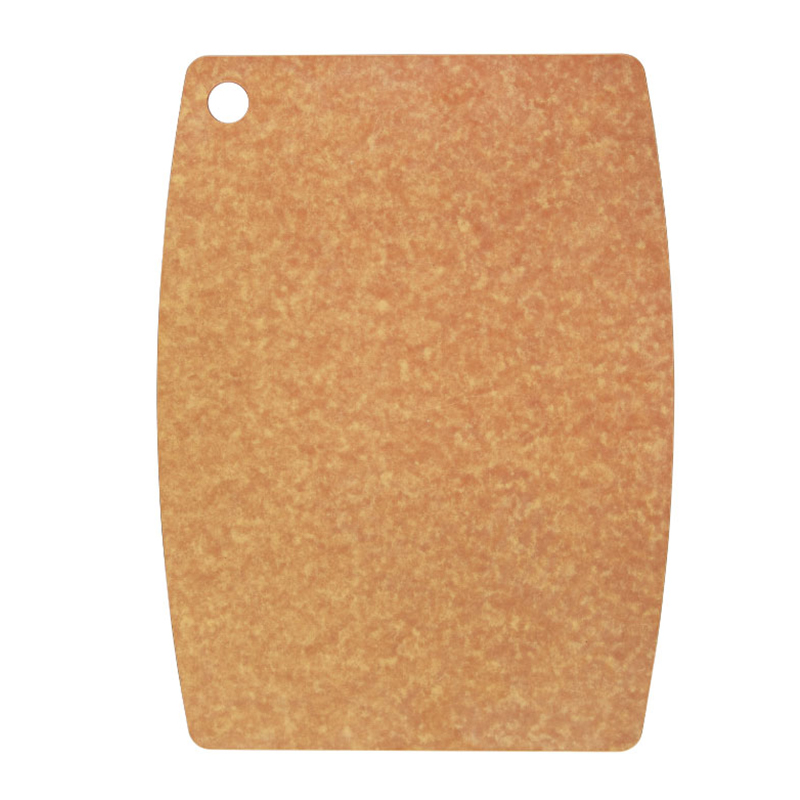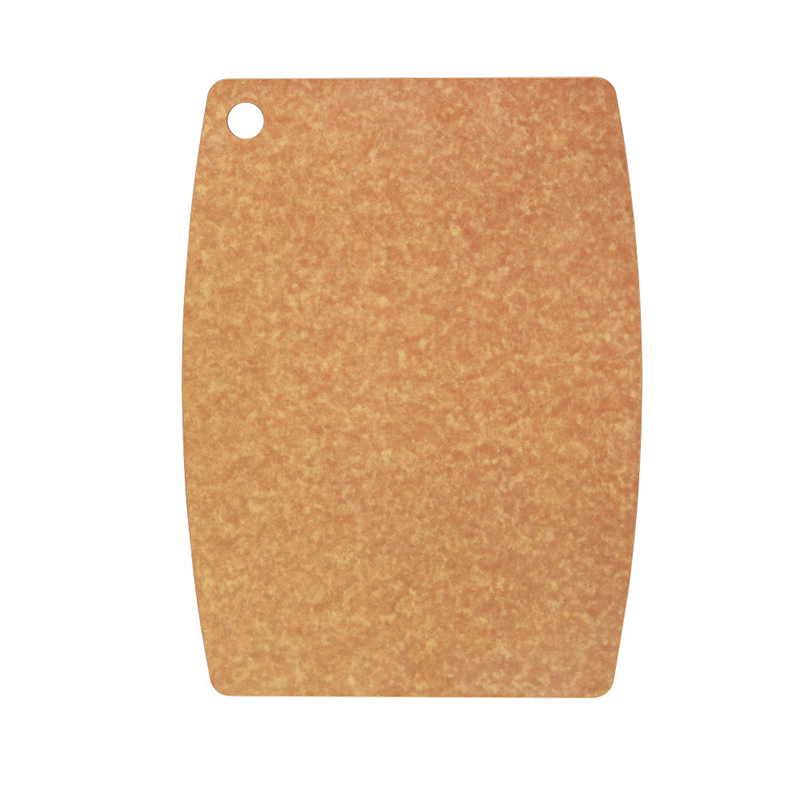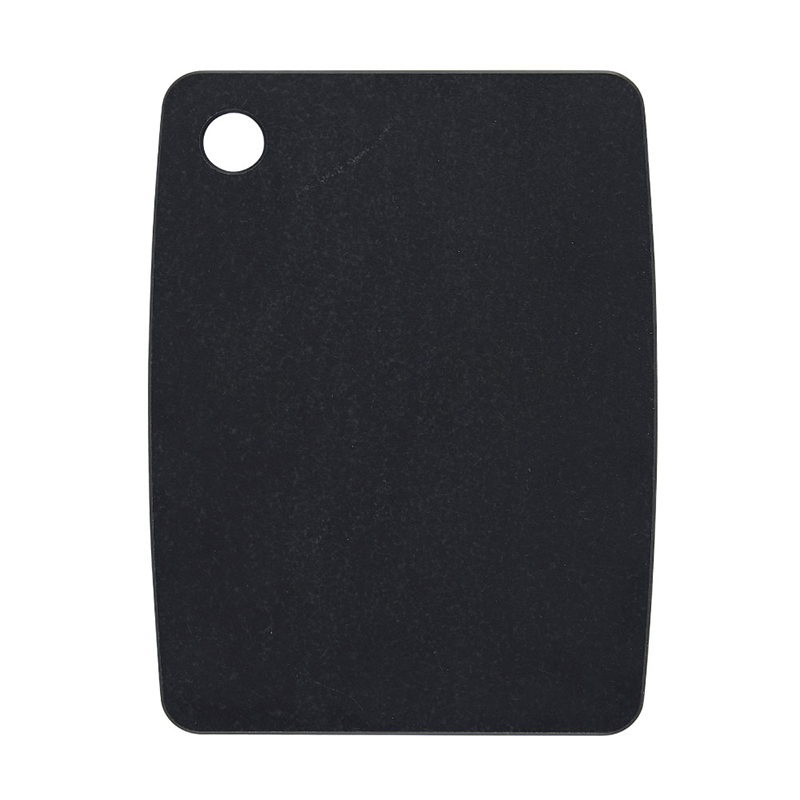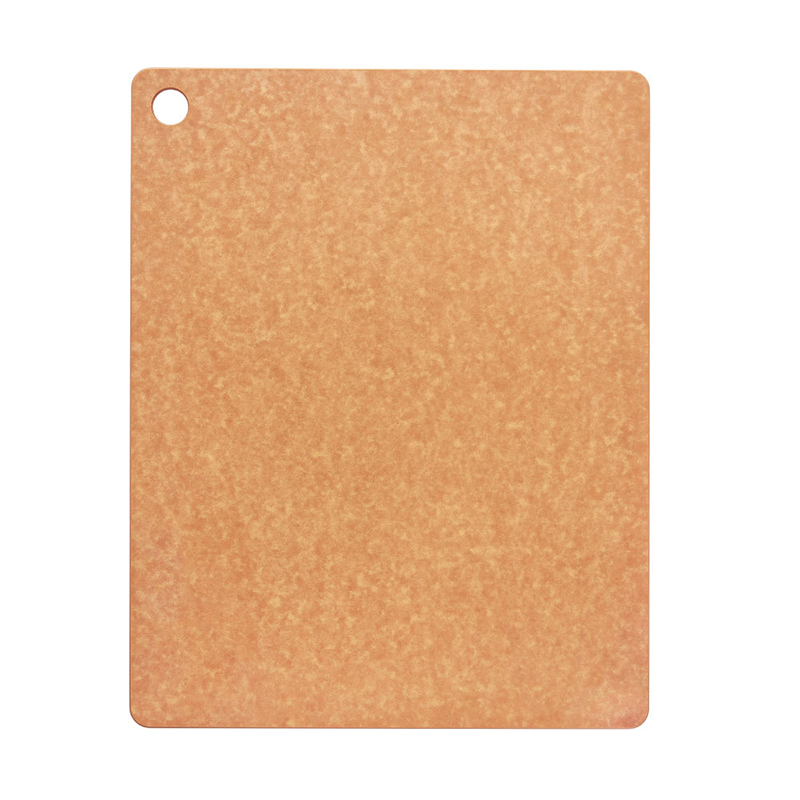-
What is the production process and manufacturing process of RPET Cup Manufacturers?
Wholesale Design RPET Cups Price For Sale Manufacturers
The production process for RPET (Recycled Polyethylene Terephthalate) cups involves several stages, from material sourcing and processing to final manufacturing and quality control. Here's an overview of the typical manufacturing process for RPET cups:
The manufacturing process begins with the collection of post-consumer PET plastic bottles and containers. These materials are sourced from recycling centers, municipal waste management facilities, or other collection points. The collected PET waste is sorted based on color and resin type to ensure uniformity and quality in the recycled material.
Once collected, the PET plastic waste undergoes a cleaning process to remove contaminants such as labels, caps, and residues. The cleaned PET material is then shredded into small flakes or granules using mechanical shredders or granulators. Shredding reduces the PET waste into uniform-sized pieces suitable for further processing.
The shredded PET flakes are subjected to a thorough washing and decontamination process to remove any remaining impurities, dirt, or residues. This process typically involves hot water or steam washing, followed by chemical treatment or rinsing with detergents and sanitizers to ensure cleanliness and purity.
After washing, the cleaned PET flakes are dried to remove excess moisture before further processing. Drying may be achieved through mechanical means such as hot air dryers or centrifugal spin dryers. Proper drying is essential to prevent moisture-related defects in the final RPET cups.
The dried PET flakes are melted and extruded through a die to form molten strands of RPET resin. The extruded strands are then cooled and cut into small pellets or granules using pelletizing equipment. These RPET pellets serve as the raw material for molding into cups.
Injection molding is the primary manufacturing method used to produce RPET cups. In this process, RPET pellets are heated and injected into a mold cavity under high pressure. The molten RPET material takes the shape of the mold cavity, forming the cup's body, sidewalls, and bottom.
After injection, the molded RPET cups are cooled and allowed to solidify within the mold. Cooling may be accelerated using cooling channels or water baths to expedite the solidification process. Proper cooling ensures that the RPET cups retain their shape and structural integrity.
Once solidified, the molded RPET cups undergo trimming and finishing operations to remove any excess material or flash. Trimming may be performed manually or using automated trimming equipment to achieve precise dimensions and smooth edges.
Quality control inspectors examine the molded RPET cups for defects, imsuperbions, or irregularities. Visual inspection, dimensional measurement, and functional testing may be conducted to ensure that the cups meet quality standards and specifications.
After passing quality control inspection, the RPET cups are packaged and labeled according to customer requirements. Packaging may include bulk packaging in cartons, shrink-wrapping, or individual packaging in sleeves or trays. Labels with product information, barcodes, and recycling symbols are applied to each package.
The packaged RPET cups are stored in warehouses or distribution centers before being shipped to customers or retailers. Proper storage conditions, including temperature and humidity control, help maintain the quality and integrity of the cups during transit and storage.
Manufacturers of RPET cups prioritize environmental sustainability by promoting recycling and waste reduction initiatives. RPET cups are recyclable and can be collected and processed into new RPET material for future manufacturing cycles, closing the loop on the recycling process.
By following these manufacturing steps and quality control measures, RPET cup manufacturers can produce high-quality, sustainable cups from recycled materials, contributing to environmental conservation and resource efficiency.

 日本語
日本語 English
English 中文简体
中文简体